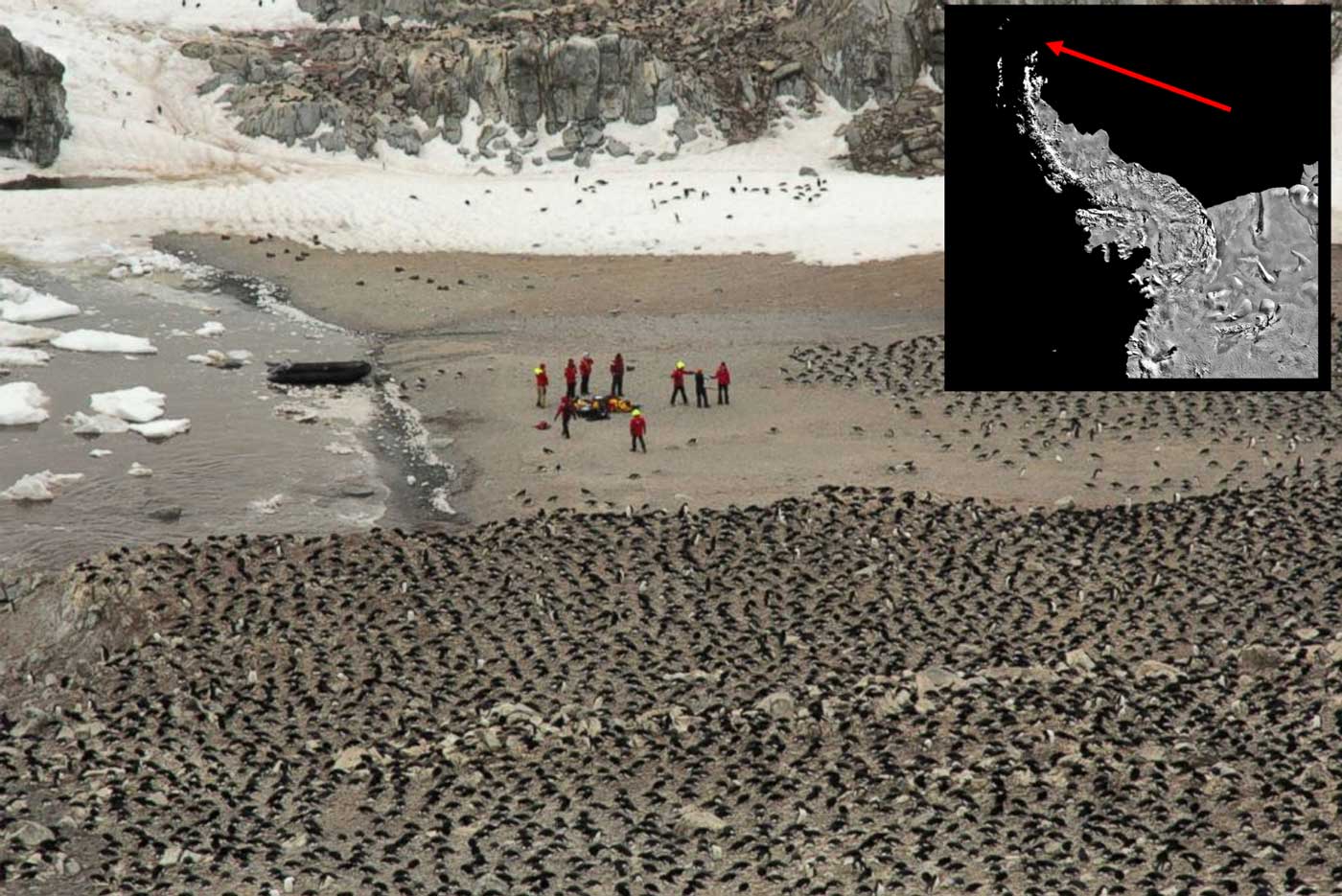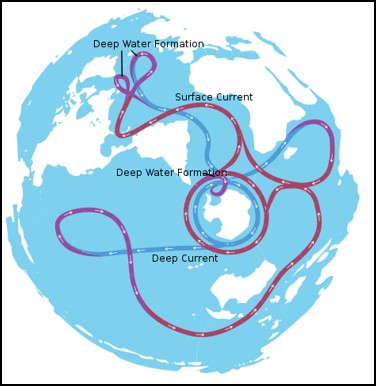 In my last blog I painted a ‘big picture’ view of the impacts of current and anticipated ocean acidification, both globally and in the icy seas surrounding Antarctica. Additional blogs by Jami and Addie described in detail our team’s experiments on the prospective biological impacts of ocean acidification being carried out at Palmer Station.
In my last blog I painted a ‘big picture’ view of the impacts of current and anticipated ocean acidification, both globally and in the icy seas surrounding Antarctica. Additional blogs by Jami and Addie described in detail our team’s experiments on the prospective biological impacts of ocean acidification being carried out at Palmer Station.
Ocean acidification is but one big picture issue in Antarctica related to the anthropogenic release of carbon dioxide and methane from the combustion of fossil fuels and other sources. These greenhouse gases are warming our planet at an unprecedented rate. As Earth Day (April 22) approaches, I’d like to give Antarctica and the scientists that work there a ‘nod of gratitude’ for their capacity to leverage Antarctic big picture stories to raise global awareness about the growing impacts of ocean acidification and climate warming.
Just this past week a groundbreaking article appeared in the prestigious journal Nature (Abyssal ocean overturning slowdown and warming driven by Antarctic meltwater | Nature). Scientists reported that deep ocean currents in Antarctica are beginning to slow down and warm because of increased Antarctic meltwater. These critical, deep Antarctic currents are a key component of the ‘Great Ocean Conveyer Belt’ (see above) that carries deep, cold Antarctic water into both the southern and northern hemispheres. It is remarkable to think that changes in the climate in the United States can be influenced by currents that have traveled from the Southern Ocean up in to the Atlantic and Pacific oceans and the Gulf of Mexico. Processes in Antarctica’s Southern Ocean are influencing the atmospheric pressure, humidity, air temperatures and wind patterns that make up the climate we experience here at home. The potential impacts of a slowing and warming Antarctic current could be dramatic on a global scale.
The warming of the deep Antarctic Circumpolar Current (ACC) has additional big picture impacts. Studies funded by the National Science Foundation which Maggie and I participated in along with Dr. Richard Aronson of the Florida Institute of Technology, have conjectured that predatory king crabs (shown below), formerly held at bay by cold temperatures, are now moving up the Antarctic Slope from much deeper water. If king crabs are to climb the slope to the shelf waters of Antarctica, their impact on prey populations such as clams, snails and other shelled invertebrates could be catastrophic. Antarctic marine organisms that live on the shelf have never had to confront crushing predators. Accordingly, they are weakly calcified and highly vulnerable to being crushed and eaten. The rewriting of the benthic ecology of the Antarctic shelf due to a crab invasion would be yet another big picture environmental impact – an impact that could very well result in significant loss of biodiversity.
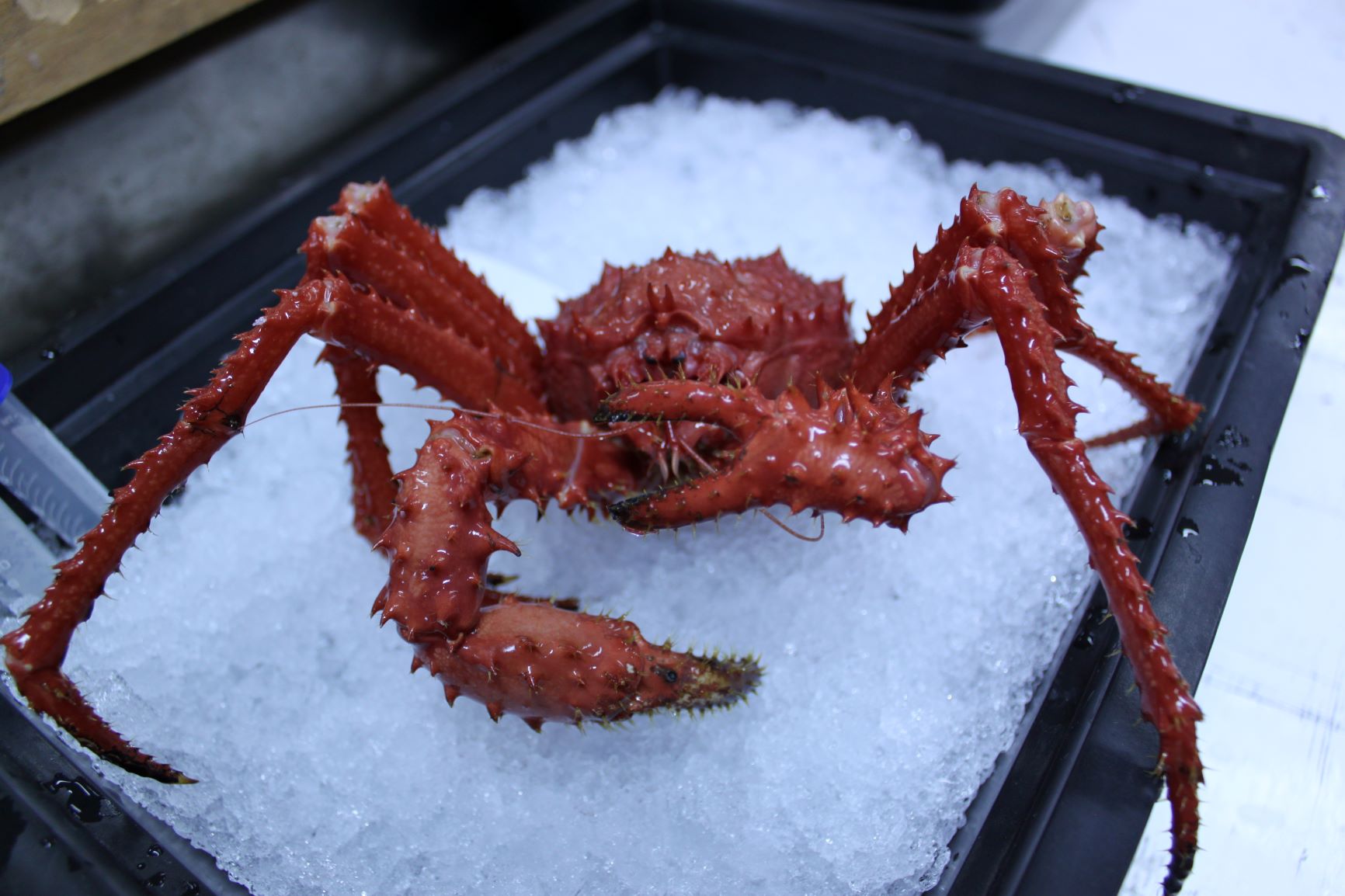
Another big picture implication of the anthropogenic warming of the ACC is its capacity to accelerate the melting of Antarctica’s sea-ice, ice shelves, and glaciers. One famous case in point is the Thwaites Glacier (see below). This massive glacier is located below the western Antarctic Peninsula (WAP) in western Antarctica adjacent the Amundsen Sea. Scientists were stunned to discover that the glacier is retreating at an unprecedented rate, the result of warming currents passing under the tongue of the glacier. Measurements indicate that the Thwaites Glacier retreated some 14 kilometers over a two-decade period (1992-2011). The big concern is that the Thwaites Glacier is a figurative ‘cork’ that prevents the flow of the two to three-mile-thick western ice sheet into the sea. It is possible that the loss of the Thwaites Glacier could result in the collapse of the West Antarctic Ice Sheet, an event that would herald dramatic increases in global sea level rise.
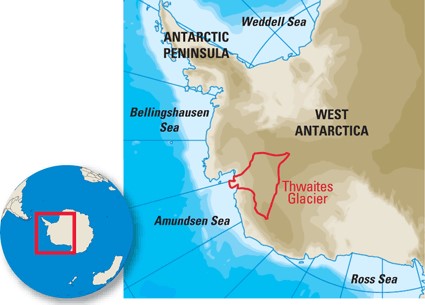
While sea-ice losses and gains vary across different regions of Antarctica, scientists now predict that within a few decades the sea-ice along the rapidly warming WAP will disappear. One of the three brushtail penguin species that lives on the WAP that will surely suffer is the sea-ice dependent Adelie penguin (as seen below). Colonies of Adelie penguins on small islands near Palmer Station have declined by 90% since the mid-1970’s. According to penguin expert Dr. Bill Fraser, the Adelie penguins near Palmer Station are suffering from increases in humidity from warming that result in unseasonal snowfall events that bury and kill their eggs. Additionally, Adelie’s are losing the sea-ice which serves as a platform to toboggan on their feathered bellies to reach the ice edge and the rich offshore prey populations of shrimp-like krill.
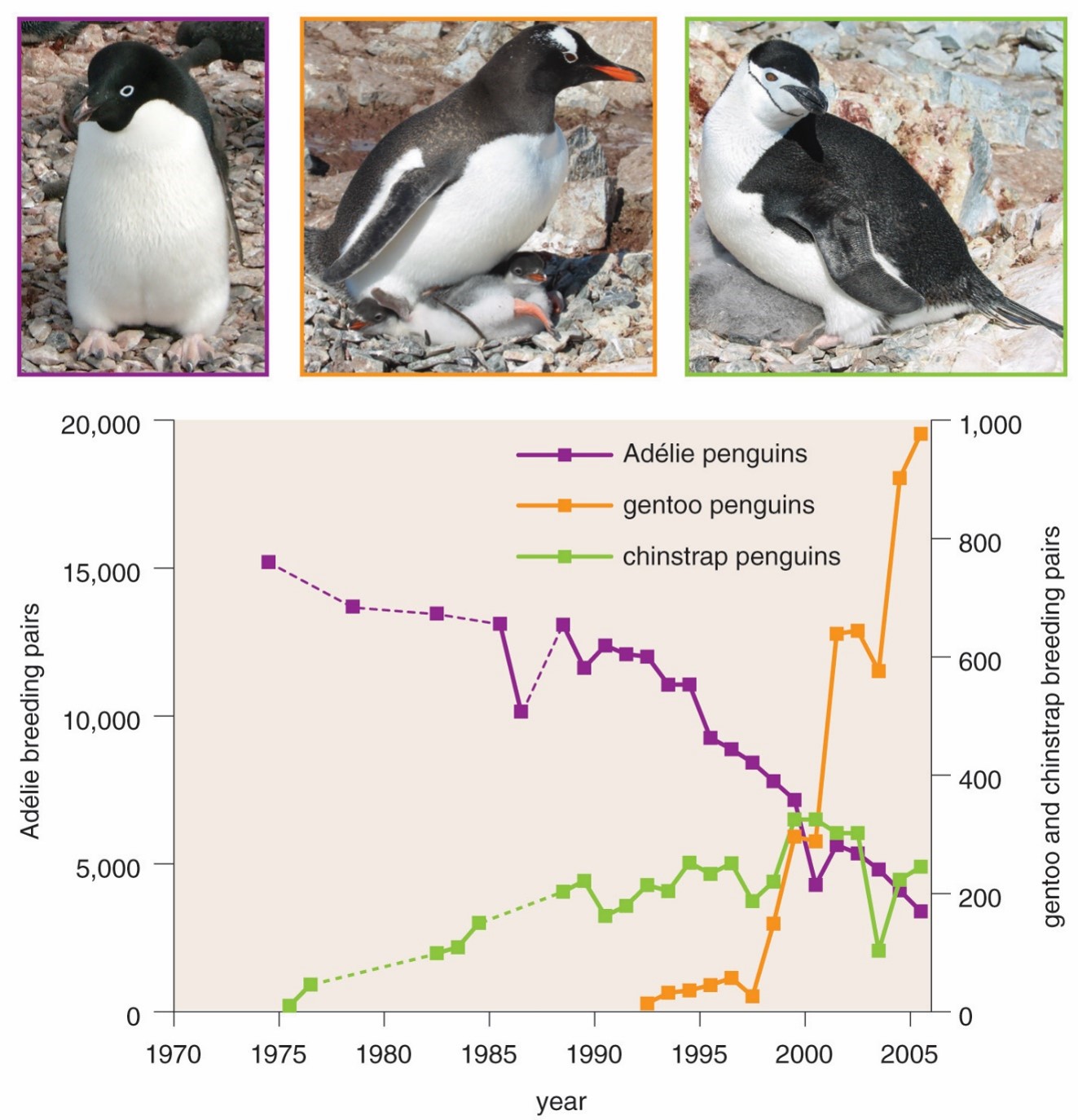
Antarctica has an abundance of game-changing, big picture environmental stories to share. Fortunately, these ‘wake-up’ stories are not all predicated on bad news. For example, there is the recent discovery of 1.5 million Adelie penguins on the Danger Islands, located just east of the tip of the WAP where temperatures are still low. Might these islands remain a repository for Adelie penguins should humanity slow down its pace of warming the earth? We can only hope, or we can spring to action to address climate change with the wondrous technology already in hand. I encourage everyone to choose the latter this Earth Day.
